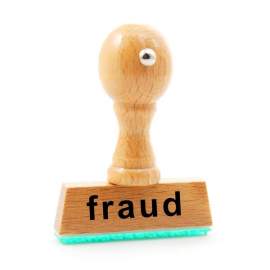
Predatory Mortgage Lending

Predatory mortgage lending occurs when the lender practices unethical ways of manipulating their customers with mortgage loans in order to gain financially (otherwise known as "mortgage fraud"). There are different tactics used by lenders to implement such acts of deceit.
One way is commonly referred to as "loan flipping". Loan flipping is
when a lender keeps changing statements inside of the loan in order to raise
interest rates and to add fees or when the lender constantly refinances the
loan in order to accumulate more money on the victim's behalf.
Another unethical practice carried out by lenders is when they judge a loan
being approved based on the victims material assets rather than their income.
This misleads the borrower into thinking that they can afford a loan when their
actually income would prove otherwise. This would cause the victims assets to
possibly be repossessed and it would put the victim's credit into jeopardy.
When too many fees are added to a borrower's loan, this is what is known as
"packing". Packing is considered illegal and is also considered a
form of predatory lending practices.
When a borrower present a loan as "non-negotiable" this should be
considered a red flag and a possible form of predatory lending practices. This
is due to the fact that all loans should be somewhat negotiable.
If the loan shows really high fees on a short term loan, this could also be a
sign of predatory lending practices.
Balloon payments (or inflated payments) are often used in predatory lending
practices in that they end up forcing customers to have to pay more to
refinance.
Many states and cities are working to form predatory lending laws, while others
have already formed predatory lending laws. However, the predatory lending laws
vary from state to state and from city to city due to the fact that definitions
of predatory lending seem to vary in different territories. For example, Ohio
considers 10% to be a high where as Louisiana considers 5% to be too high,
making their definitions of unethical lending practices and their predatory
lending laws different. However, the Fraud Enforcement and
Recovery Act of 2009


















